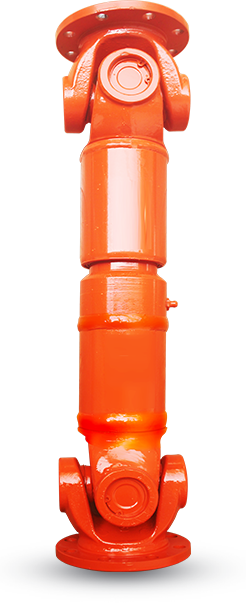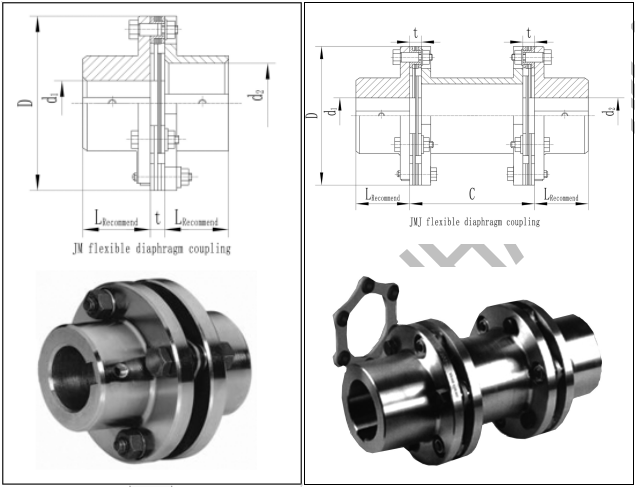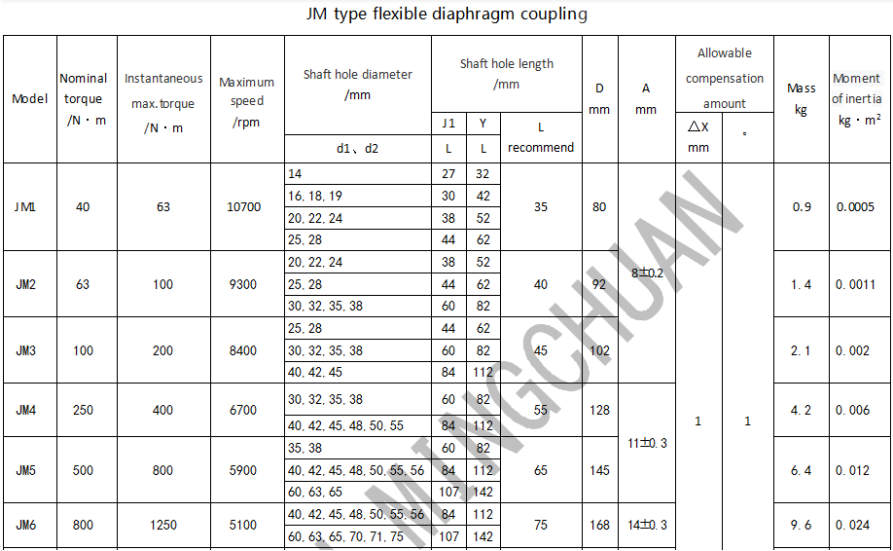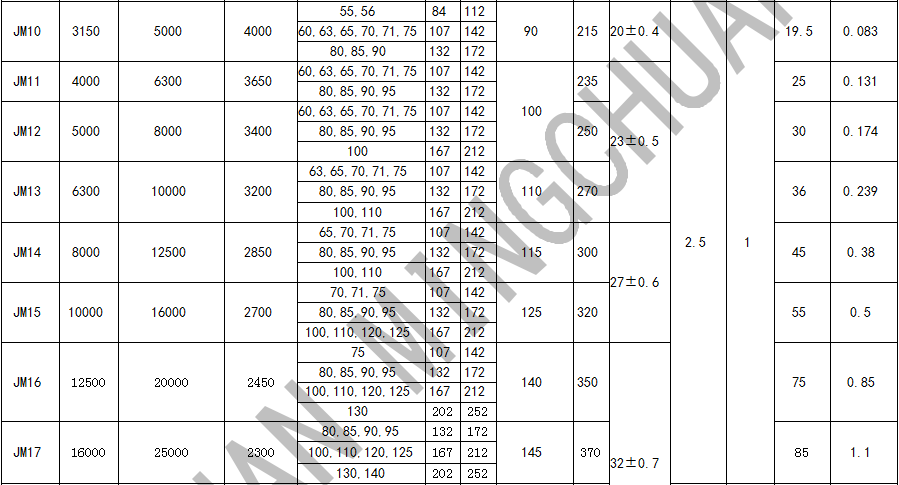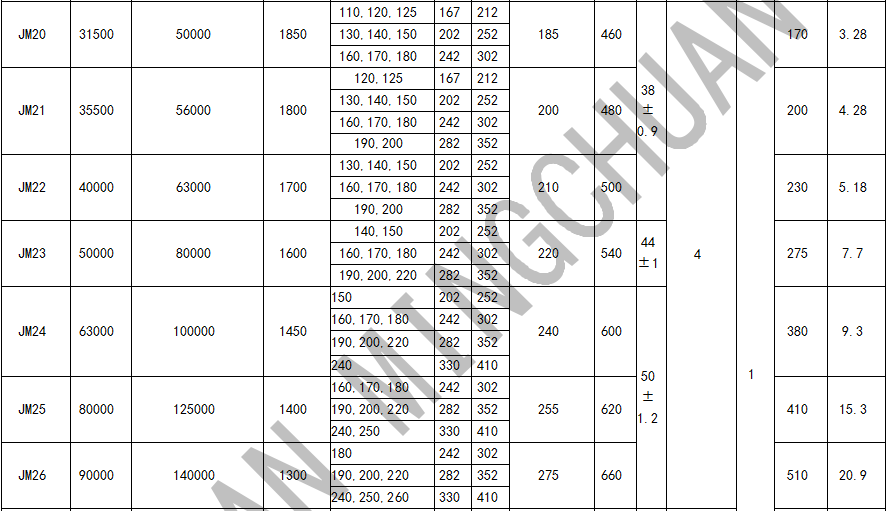JM type diaphragm coupling is composed of several groups of connecting rod type diaphragms (stainless steel sheets) staggeredly connected with two coupling halves, each group of diaphragms is formed by stacking several pieces. The diaphragm coupling compensates the relative displacement of the two shafts by the elastic deformation of the diaphragm. It is a high-performance flexible coupling with metal elastic elements. It does not require lubrication. It has a compact structure, high strength, and long service life. No rotation gap, not affected by temperature and oil pollution, with acid, alkali and corrosion resistance characteristics, suitable for high temperature, high speed, corrosive medium working environment shaft drive, such as water pumps (especially high-power, chemical pumps) , Blower (high speed), compressor, hydraulic machinery, petroleum machinery, printing machinery, textile machinery, chemical machinery, mining machinery, metallurgical machinery, aviation (helicopter), high-speed power transmission system for ships, steam turbines, piston power machinery transmission The system, tracked vehicles, and high-speed, high-power mechanical transmission systems of the engine group have been widely used in high-speed transmission shafting after dynamic balancing.
Compared with the toothed coupling, the diaphragm coupling has no relative sliding, no lubrication and sealing, no noise, basically no maintenance, and is more convenient to manufacture. It can partially replace the toothed coupling.
In actual applications, the intermediate shaft type is generally adopted to improve the compensation performance of the two-axis offset.

